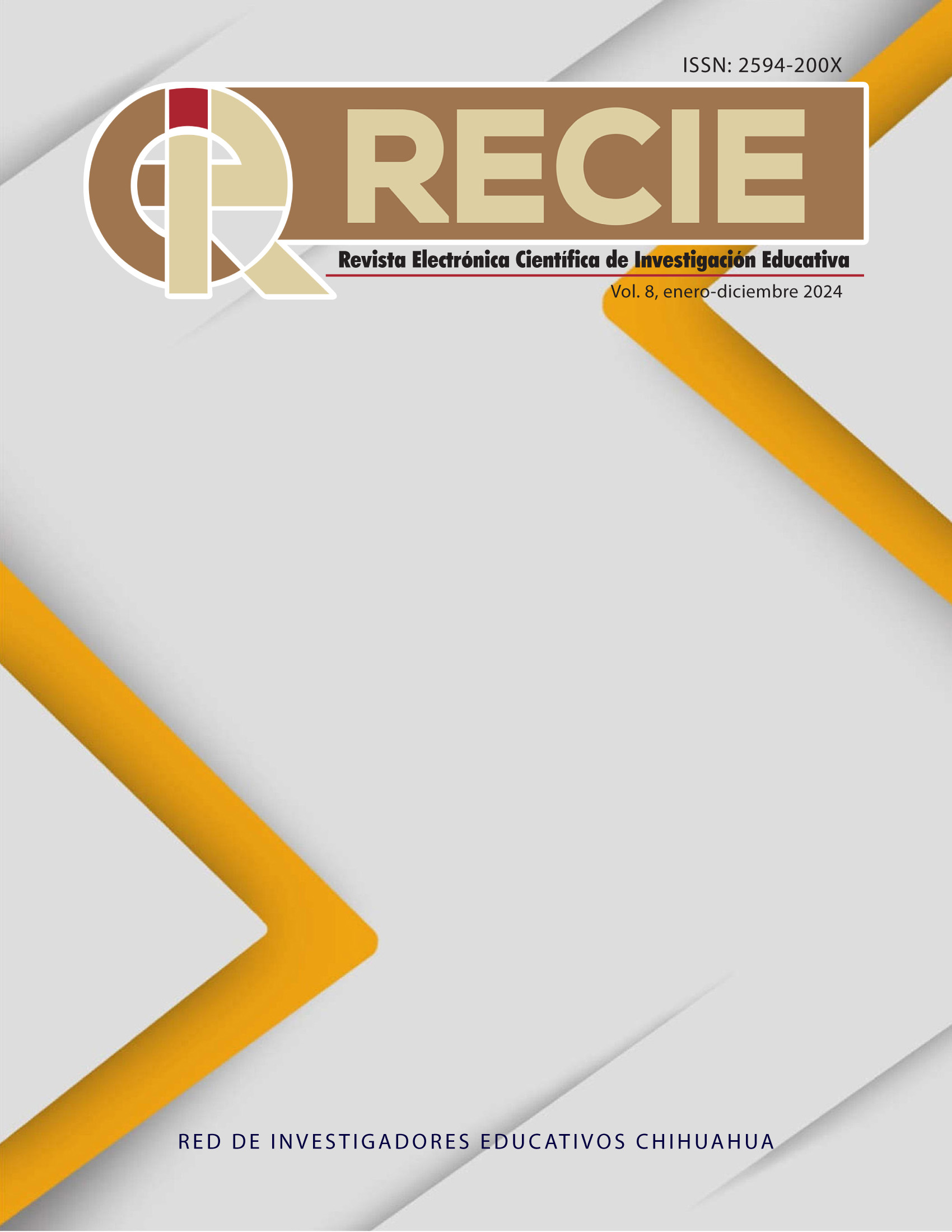AI-based predictive model for visitor flow in the ecotourism region of the Northeastern Sierra of Puebla
Published 2024-12-31
Keywords
- visitor flow,
- artificial intelligence,
- KPIs,
- machine learning,
- predictive model
- afluencia de visitantes,
- inteligencia artificial,
- KPIs,
- machine learning,
- modelo predictivo
How to Cite
Copyright (c) 2024

This work is licensed under a Creative Commons Attribution-NonCommercial 4.0 International License.
Abstract
This article presents the development and application of an artificial intelligence (AI)-based predictive model to forecast visitor flow in the ecotourism complexes of the Northeastern Sierra of Puebla, Mexico. The primary objective is to enhance resource planning and management in this region through more accurate predictions, thereby optimizing the visitor experience and ensuring the sustainability of tourism destinations. For data analysis, the CRISP-DM methodology was applied to structure and organize the data mining process, ensuring prediction accuracy. Additionally, a Machine Learning approach was employed to develop supervised models that forecast visitor demand. The results indicate that the model effectively anticipates tourism peak periods with high accuracy, which is crucial for managing the capacity of ecotourism complexes and efficiently distributing resources. This, in turn, helps minimize environmental impact while maximizing tourist satisfaction and benefiting local communities.
References
- Aggarwal, C. C. (2020). Neural networks and deep learning: A textbook. Springer.
- Borko, H., y Ransbotham, S. (2020). Business analytics and decision making: The role of visual interactive tools in enabling analytics-based decision-making in businesses. Journal of Business Analytics, 3(1), 1-12.
- Chapman, P., Clinton, J., Kerber, R., Khabaza, T., Reinartz, T., Shearer, C., y Wirth, R. (2000). CRISP-DM 1.0: Step-by-step data mining guide. SPSS Inc.
- Chollet, F. (2021). Deep learning with Python. Manning Publications.
- González, J. (2021). El reto del ecoturismo en la Sierra Norte de Puebla. Revista Mexicana de Turismo Sostenible, 25(4), 45-58.
- Mendoza, R. (2022). Tecnologías de predicción en la gestión del ecoturismo: un enfoque basado en IA. Journal of Ecotourism and Sustainable Development, 30(2), 112-130.
- ONU Turismo [Organización Mundial del Turismo] (2018). Turismo sostenible. https://www.unwto.org
- Pedregosa, F., Varoquaux, G., Gramfort, A., Michel, V., Thirion, B., Grisel, O., Blondel, M., Prettenhofer, P., Weiss, R., Dubourg, V., Vanderplas, J., Passos, A., Cournapeau, D., Brucher, M. Perrot, M., y Duchesnay, É. (2011). Scikit-learn: Machine learning in Python. Journal of Machine Learning Research, 12, 2825-2830.
- Rossi, G., Schwabe, D., y Guimaraes, N. (2020). Design patterns for hypermedia applications. En Designing the user experience (pp. 25-50). Springer.
- Saltz, J. S., y Heckman, R. (2020). A framework for implementing and sustaining analytics self-service: Insights from lessons learned in a business school setting. Journal of Information Systems Education, 31(2), 93-103.
- Secretaría de Turismo del Estado de Puebla (2020). Informe sobre el turismo en la Sierra Nororiental de Puebla.
- Sharda, R., Delen, D., y Turban, E. (2021). Analytics, data science, & artificial intelligence: Systems for decision support (11a. ed.). Pearson.
- Shearer, C. (2020). CRISP-DM model for data mining: A step-by-step guide. Data Science Journal.
- Wirth, R., y Hipp, J. (2000). CRISP-DM: Towards a standard process model for data mining. En Proceedings of the 4th International Conference on the Practical Applications of Knowledge Discovery and Data Mining (pp. 29-39).


